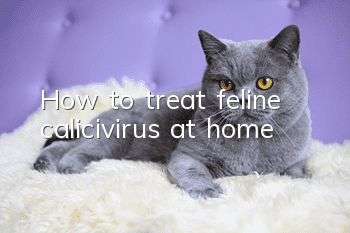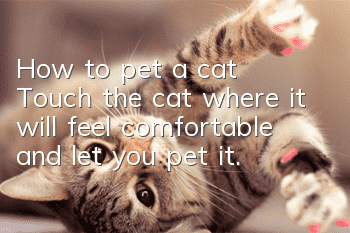How to treat feline calicivirus at home?

Feline calicivirus infection usually causes stomatitis, lethargy, sneezing, drooling, large amounts of eye and nose secretions, conjunctivitis and other symptoms. For stomatitis, you need to take metronidazole tablets and Lekonin oral spray. For conjunctivitis, neomycin sulfate eye drops can be used, and antibiotics such as ampicillin and kanamycin can be used to prevent secondary infections.
How to treat feline calicivirus at home
Feline calicivirus infection usually causes symptoms such as stomatitis, lethargy, sneezing, drooling, large amounts of eye and nose secretions, conjunctivitis and other symptoms. For stomatitis in cats, you need to feed metronidazole tablets and Lekou Ning oral spray can provide symptomatic relief in terms of antibacterial, anti-inflammatory and swelling. Secondly, the cat needs to be fed liquid and light food to reduce the pain caused when eating. For symptoms of cat conjunctivitis, neomycin sulfate eye drops can be used to cleanse eye secretions, while also having cooling, soothing, anti-inflammatory and antibacterial effects.
Antibiotics such as ampicillin and kanamycin need to be used to prevent secondary infections. Households with multiple cats need to isolate affected cats in time and do a good job of environmental disinfection to avoid the spread of cat viruses to other healthy cats. If they are semi- Free-range cats should be kept in isolation for one month after recovery to prevent the spread of the disease.
- Are Chartreuse cats clingy?
- Why are cats less loyal than dogs? Now you actually believe this statement?
- Food formulas that can increase cats’ appetite
- How to tell when a Chinchilla is in heat
- What to do if a British longhair cat has dystocia? Solution to dystocia for cats
- Should we stop the mother cat from transferring the kittens?
- Brown discharge from male cat urethra
- Why do cats get calicivirus?
- The cat ate mustard and died within a few days.
- How to comfort a cat when it's angry?



